calsfoundation@cals.org
Garvan Woodland Gardens
Garvan Woodland Gardens in Hot Springs (Garland County) is a department of the School of Architecture at the University of Arkansas (UA) in Fayetteville (Washington County). It is a 210-acre botanical garden located on four and a half miles of Lake Hamilton shoreline and operates as a 501(c)(3) non-profit organization. Its mission is to be a resource for people desiring to improve their aesthetic, cultural, and scientific knowledge of plants, gardening, architecture, and landscape architecture, within a woodland environment.
Arthur Cook, a Malvern (Hot Spring County) businessman, purchased the acreage in the 1920s for the purpose of harvesting the timber to manufacture hardwood flooring at his mill, Wisconsin-Arkansas Lumber. Shortly after the acquisition, the land was transformed into a large peninsula when Arkansas Power and Light (AP&L) constructed Carpenter Dam, creating Lake Hamilton. When Cook died in a car accident in 1934, his wife and two daughters acquired the land, as well as two businesses: Wisconsin-Arkansas Lumber and Malvern Brick and Tile Company. The younger daughter, Verna, assumed control of the family’s assets and successfully managed Malvern Brick and Tile with her second husband, Patrick Garvan, for over forty years until she sold the business to Acme Brick in the 1970s.
The allure of the property inspired Verna Garvan to become a self-taught gardener and conservationist. She spent over thirty years creating a personal garden highlighting Arkansas’s natural beauty. The dream of a home on her prized peninsula was abandoned when Patrick became ill and died in 1975.
Gardening became Garvan’s passion. As she continued to develop the grounds after her husband’s death, she decided the garden should be shared with the public. She enlisted the help of longtime Malvern Brick and Tile employee Warren Bankson to assist with her vision of a public facility. Together, they constructed infrastructure and planted thousands of native and exotic trees, shrubs, and plants. She named her landscaped creation the Twentieth Century Gardens.
Realizing that she and Bankson were not equipped to create a true botanical garden on the scale she had hoped, Garvan signed a trust agreement with UA on November 11, 1985, committing the School of Architecture and its landscape architecture program to operate Twentieth Century Gardens in perpetuity as a service to the people of Arkansas, with the understanding that she would maintain control until her death. As stated in the agreement, her motivation for bequeathing the property to UA was to serve as a tribute to natural preservation in the twentieth century.
Garvan commissioned award-winning architect and former dean of the UA School of Architecture, E. Fay Jones, and his business partner, Maurice Jennings, both of Fayetteville, to design the first structure in the gardens—an open-air pavilion made of redwood and native stone. The Verna C. Garvan Pavilion was under construction when Garvan was stricken with cancer. She died on October 1, 1993.
In 1990, UA had appointed landscape architecture assistant professor Judy Brittenum, who was assisted by visiting instructor Robert D. (Bob) Byers, to work with Garvan and Bankson in documenting all the plants, facilities, and landscapes in preparation for future studies. Engineering professor David Knowles was responsible for the detailed survey of the 210-acres. In 1994, Byers was hired full time as the garden curator and resident landscape architect. Bankson was appointed garden superintendent.
Behnke and Associates, a Cleveland, Ohio, landscape architecture and consulting firm, was contracted by UA in 1996 to create a twenty-five-year master plan for the gardens. The plan was completed in 1999, and implementation began in March 2000 with construction of the Garden of the Pine Wind, a rock and stream garden designed by Little Rock (Pulaski County) landscape architecture firm Merle E. Seamon and Associates in conjunction with David Slawson, a Japanese garden designer based in Cleveland, Ohio, and Liz Frazier of LA Design Company in Hot Springs. In only its third year of operation, the Garden of the Pine Wind was ranked by the Journal of Japanese Gardening as the fifteenth highest-ranking Japanese garden out of 300 in North America.
In 2000, UA officially changed the name of the lakefront property from Twentieth Century Gardens to Garvan Woodland Gardens. Hot Springs architectural firm French Harris designed the gardens’ wood and native stone welcome center. The facility and gardens themselves were officially opened to the public with a dedication ceremony on April 7, 2002.
Forty-five acres of densely forested land, located on the north side of the peninsula, serve as the gardens’ bird sanctuary and nature preserve, where over seventy species of birds have been documented by members of the Arkansas Audubon Society. Designed in 2003 by Liz Frazier, the one-and-a-half-mile walking trail hugs the shoreline and provides constant views of Lake Hamilton.
Elements of the gardens’ master plan continued to evolve with the official opening in September 2006 of the $5.8 million Anthony Chapel Complex, named in honor of major benefactors John Ed and Isabel Burton Anthony of Hot Springs. The six-story, wood-and-glass chapel is complemented by the Millsap Bride’s Hall, Evans Groom’s Quarters, and the fifty-seven-foot Anthony Family Carillon, an electronic bell tower—all designed by architects Maurice Jennings and David McKee of Fayetteville. The Evans Celebration Garden is the fifth component in the complex and was designed by the gardens’ resident landscape architect, Bob Byers, and UA landscape architecture student Shannon Wallace of Hot Springs, with stonework by David Slawson. In 2018, the Bob and Sunny Evans Tree House, which encompasses 500 square feet, opened.
Even though Garvan Woodland Gardens has progressed into one of Arkansas’s largest tourist attractions both in size and visitation, with over 125,000 visitors annually, it continues to focus on serving Arkansas’s primary and secondary schools as an educational resource and provide workshop opportunities to adults interested in gardening and landscape design.
For additional information:
Brittenum, Judy Byrd. “Verna Cook Garvan: Time in a Garden.” Arkansas Historical Quarterly 70 (Spring 2011): 1–15.
Garvan Woodland Gardens. http://www.garvangardens.org (accessed January 25, 2023).
Harbour, Alison B. “Asian Wind Sweeps Through Garvan Gardens.” Hot Springs Sentinel-Record, April 19, 2001, p. 1.
Hill, Jack B. “Botanical Delights.” Arkansas Democrat-Gazette, November 23, 2001, p. 6W.
Lovett, John. “Verdant Project Welcomes Public.” Arkansas Democrat-Gazette, April 8, 2002, p. 1B.
Nelson, Rex. “Out of the Woods.” Arkansas Democrat-Gazette, May 22, 2022, pp. 1H, 6H. Online at https://www.arkansasonline.com/news/2022/may/22/out-of-the-woods/ (accessed January 25, 2023).
Roth, Douglas M. “2004 North American Garden Survey.” Journal of Japanese Gardening 38 (March/April 2004): 20–22.
Schnedler, Jack. “Anthony Chapel at Garvan Gardens Worth the Visit.” Arkansas Democrat-Gazette, July 9, 2019, pp. 1E, 3E.
Turnage, Clara. “Treehouse Opens, Kids Romp, Play.” Arkansas Democrat-Gazette, July 1, 2018, pp. 1B, 8B.
Marla Crider
Garvan Woodland Gardens
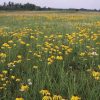 Wildflowers
Wildflowers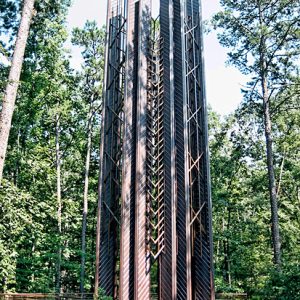 Anthony Carillon Tower at Garvan Woodland Gardens
Anthony Carillon Tower at Garvan Woodland Gardens 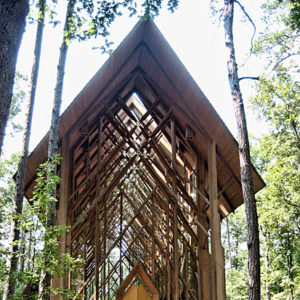 Anthony Chapel at Garvan Woodland Gardens
Anthony Chapel at Garvan Woodland Gardens  Garvan Woodland Gardens Bridge
Garvan Woodland Gardens Bridge 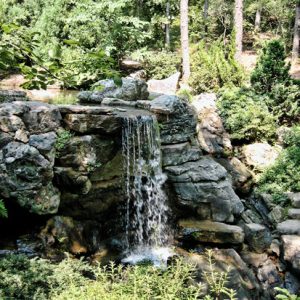 Garvan Woodland Gardens Waterfall
Garvan Woodland Gardens Waterfall 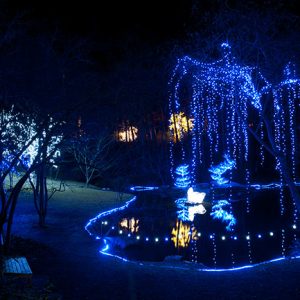 Garvan Woodland Gardens
Garvan Woodland Gardens 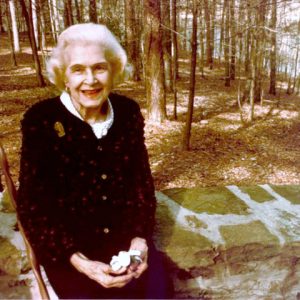 Verna Cook Garvan
Verna Cook Garvan 




Comments
No comments on this entry yet.